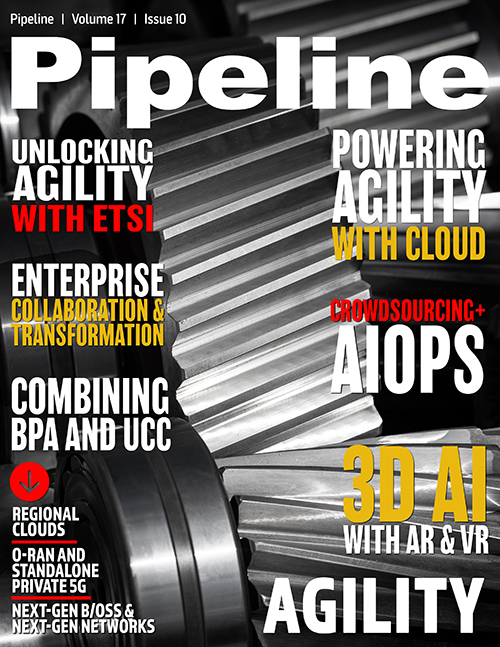Enable Interoperability to Unlock Agility
There is a potential paradox, wherein a product conformant to a standard might not be interoperable, or interoperable products might not be conformant to the standard. Both cases signal problems. A technology standard should be designed to enable interoperability, covering all behavior possible including error cases. And while two non-conformant products might interoperate, will they work with a third product, this time conformant?
Standards for interoperability
A thread is emerging here—that of communication standards, which themselves enable interoperability. How do standards bodies ensure that their standards are fit for purpose? In the case of ETSI and 3GPPTM, we take similar pragmatic steps to those taken by industry. We design our standards for interoperability. We encourage conformance to standards by providing standardized conformance test specifications. We organize interoperability events for the industry. We have a standards committee dedicated to developing methods for testing and specification, together with a support team in our Secretariat, in our Centre for Testing and Interoperability.
Designing a standard for interoperability starts with ensuring the standard is of the highest quality. It must be technically accurate, covering all possible types of behavior, expected and unexpected. Where relevant it should make use of formal methods and code to make it easier to implement. The language used must be clear and unambiguous, to reduce the risk of misinterpretation. Options or alternatives offered in the standard must not result in interoperability issues.
Once a standard is developed, it must be tested. At ETSI, we use interoperability events to help us validate or verify our standardized technologies. We organize numerous interoperability events each year under the Plugtests brand, with cosponsorship from the European Union and EFTA. Vendors like to participate because they receive early feedback on their implementation or prototype. From a marketing perspective, interoperability events signal that a standardized technology is ready and has vendor support. However, the underlying purpose for a standards body like ETSI is to verify that there is a common understanding of the standard and that the standard does enable interoperability. These events are also an excellent opportunity to receive feedback for later improvements to the standard.
Conformance testing has been mentioned above; it is just as essential as interoperability testing. ETSI will often develop a set of standardized tests, for instance a test specification that is itself a standard, to accompany our technology standards. We have developed methodologies and best practices for test specification development, including a dedicated high-level coding language in which to describe the tests: TTCN-3. TTCN-3 has seen widespread adoption in the telecommunications industry with extensive tool support available, whether proprietary tools or in open source.
Voluntary certification programs, based on standardized test specifications, are a further step to encourage and promote interoperability. Coupled with a recognized brand and logo, a certification program based on real testing results will build consumer or industry confidence in a technology.
Interoperable mobile devices
Current practice in the mobile industry adopts all the techniques described above. A specific emphasis is placed on conformance testing although, where relevant, interoperability test specifications are developed or interoperability events are organized, often focused on specific use cases or scenarios such as mobile IoT, VoLTE, Cellular V2X or emergency calling.



















